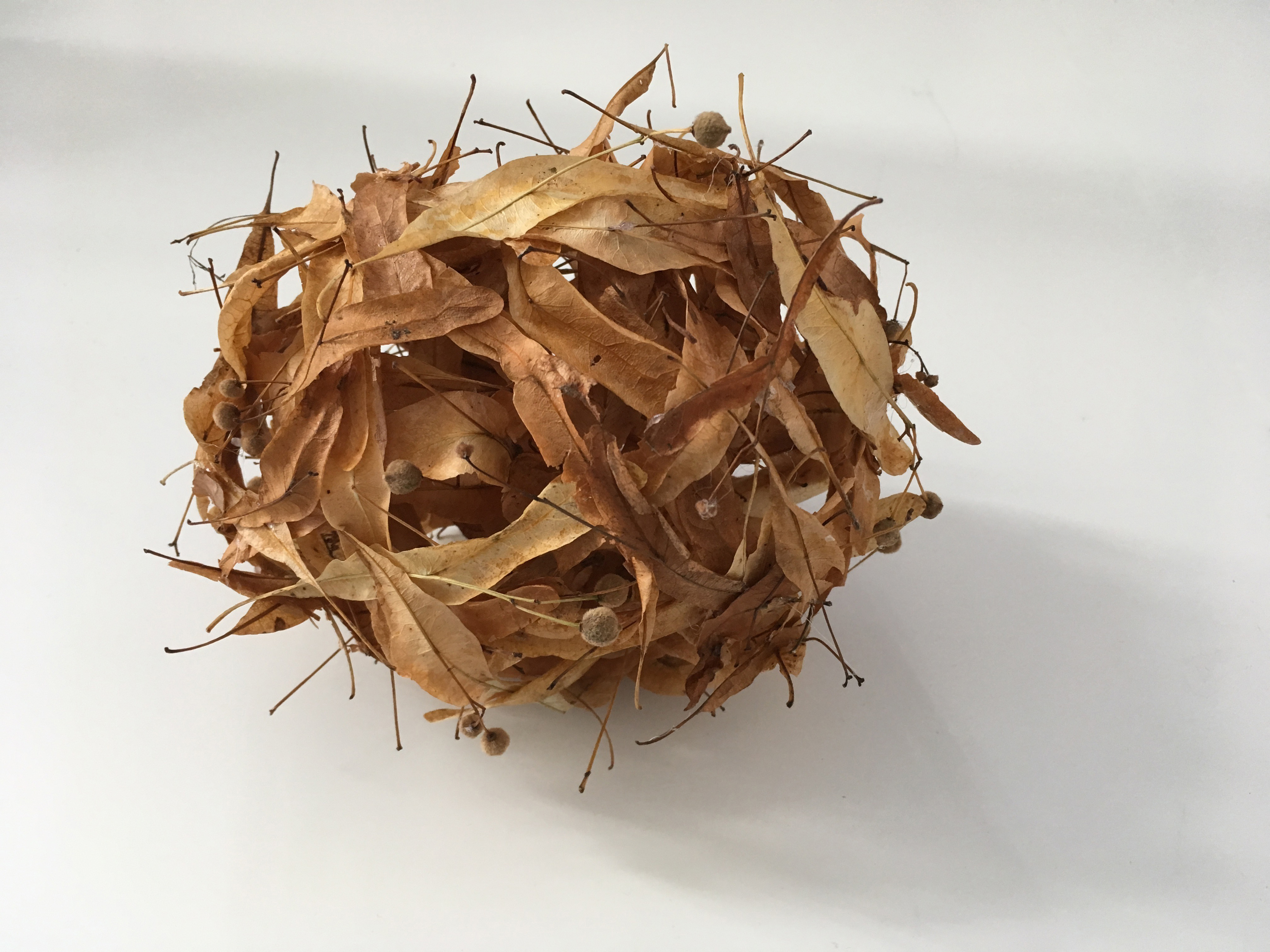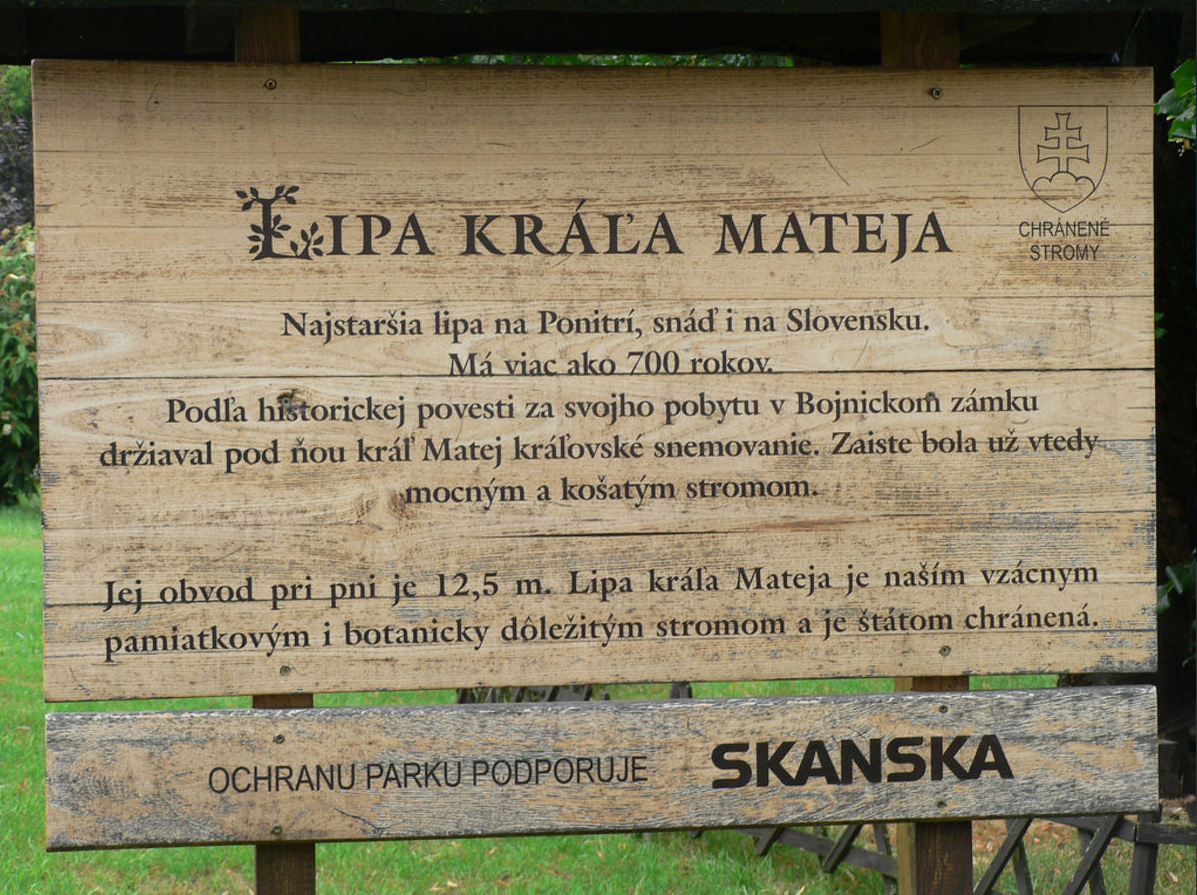When we removed the Egg from Southmere Lake a few weeks ago, there were quite a few comments posted on the local Facebook Group ‘Thamesmead All Stages’. ‘Where has the Egg gone?’ asked someone. ‘It’s been poached!’ was my favourite reply, though it has actually just been repositioned on shore.
I always wanted the Egg to sit underneath the Lime trees where Bazalgette Way runs along the north side of the Lakeside Centre, sheltered beneath their protecting boughs from the hot Summer sun and the worst of the wind and rain. The soon to appear canopy of yellowish leaves will also be a restful counterpoint the reds and browns of the Egg’s mellowed red cedar shell. It feels very at home here.
Next year in Spring, I can expect a sticky mess of honeydew to fall all over the Egg from the millions of aphids that feed on the fresh leaves and blossom. It might even help with waterproofing and will certainly add to the Eggs patina, which can be read like a calendar of its previous journeys (a spattering of guano from Southmere’s gulls has already created a near indelible record of its time on the lake).
This tree also produces sweet nectar so potent that it gets bees high, and people can also drink its flowers in a soothing floral tea – I intend offering a high (Lime) tea event in the Egg next Spring.
In advance of the leaves themselves, the ground this week continues to be covered in the bracts which carry the seed to earth. Late in August I watched little showers of them in twirled descent as I spent an afternoon sweeping them up from the concrete paving; maintaining a clearing that would soon be reclaimed by nature without the action of broom and refuse sacks. This truly abundant tree, like the Egg itself, is associated with fertility. All life of course comes from the Egg – and the seed its evolutionally cousin.
Though a native to the UK since the last ice age, the Lime, or Linden (Tila) as it is also known, is uncommon across the border in Scotland for example, since it needs hot weather to make the pollen viable and for seed to set. It is widely seen and respected across Europe though, often planted for ornamental and civic purpose. Across the lands which later became Germany, communities not only met to dance and celebrate beneath the Linden, but courts also met there to dispense justice. Until the 18th Century, verdicts in rural areas were often handed down as sub tilia (Unter der Linden).
Whilst living in Slovakia in 2012, I visited the famous Lime tree of King Matthias in Bojnice (1458 – 1490) which was reputedly planted in 1301. King Matthias loved to stay in Bojnice and held great dinner parties and even state meetings under the crown of the tree that was then 36 metres in diameter and 28 metres tall. Over the next few months, somewhat more modest celebrations might occur under the Limes beside the Egg; one local man a few weeks ago suggesting an eggnog night as we approach the Winter Solstice… As our lives become more urban it’s too easy to become divorced from nature and such seasonal actions that enrich the spirit and draw us all together.
Reusing the fallen bracts and seeds, I am making some very fragile Egglets in memory of this time and place. It will take a lot of luck and a huge amount of care if they are to approach the longevity of the trees own average of 400 years.
The importance of a tree, of our deep rooted connection to nature, is my message for today.


